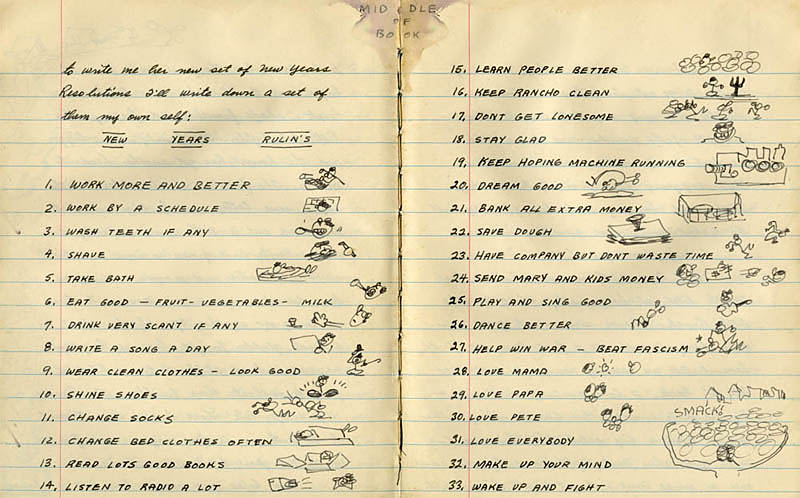Individual words do not usually trigger the same devotion as, say, favorite songs. Yet some people find the time to have a favorite word. A TV host conducts interviews famous for including the question, “What is your favorite word?” His guests know it’s coming, so they are prepared with a word or phrase chosen for either meaning or sound. I have wondered if the favorites are situational. Who can have just one favorite word?
The “sound” choices indicate an appreciation for the particulars of articulation. That is where my instinct points too. No one has asked me lately if I have a favorite word. Then again, I have not been interviewed on Inside the Actor’s Studio. However, there is one phrase I have had to think about so much that it has become a favorite.
“Per capita” occupies a plot of linguistic real estate in my head. Not only is “per capita” a trifecta of plosives (bilabial, lingua-alveolar, and lingua-velar) separating the vowels with a postalveolar “r” thrown in, the phrase also has a pleasing rhythm. It is fun to say and snaps with the summery crispness of the waffle cone holding your scoop of pralines and cream.
Best of all, it presents a hotbed of style issues just waiting for AMA Manual of Style application.
“Per capita” became the contested part of an axis label earlier this year. While not quite an axis of evil, the label was rather vexing. All roads lead to Rome, and all questions lead to the AMA Manual of Style. In Section 4.2.7, “Axis labels in figures are akin to column headings in table, so each word should be capitalized (except minor words such as prepositions of less than 4 letters).” As first presented on the axis label, “per” followed style for a minor word and was thus lowercase. One reviewer suggested initial cap “Per,” which met with the author’s enthusiastic approval. After all, “per capita” is not only a minor preposition with a major noun; it’s so much more! The manual refers to Merriam-Webster’s Collegiate Dictionary as an authority. “Per capita” receives its own dictionary entry, so AMA style considers it a single entity. I went along for the ride, on the right track to make an author happy.
A round later, another reviewer indicated that “per” is never initial cap in JAMA Network journals. I searched “per capita” on The JAMA Network site and the hits from 2010 to the present indicated roughly half with lowercase “per,” roughly half with uppercase “per,” and an outlier with initial cap and hyphen. It appeared that style was up for grabs. I reverted to lowercase, asked for the author’s understanding, and moved on.
Not long after, I mentioned the exchange to an AMA veteran. After a pause, he said, “Well, maybe per capita is considered a foreign phrase like in vitro.”
Wish I had thought of that.
I had lost sight of the origin: Latin for “by the head,” an obvious parallel to Latin for “in glass.” The pesky “per” had sidetracked me. In Section 10.2.1, “In compound terms from languages other than English, capitalize all parts of the expression.” Hence Per Capita. Of course Per Capita reappeared, the next time in the title of a reference to a book. Now I will be ever alert to “per capita” wherever it may need to be in title case.
The takeaway is that “per capita” in an axis label illustrates several manual of style tenets: follow the latest edition of Merriam-Webster’s, consider word function (stand-alone “per” which is lowercase vs compound term “Per Capita”) in applying the “minor words” rule, and capitalize all parts of a compound term from another language. Not a bad litany of accomplishments for 4 syllables.
Back to favorite words. An article on that topic might not easily fit into one of the network journals, but I would like to see a figure that plots the number of favorite words for each capita in a study population. (The style guide does not rule on whether “capita” can be sold separately from “per” but “for each” seems a good stand-in.). When the day comes that a JAMA Psychiatry article presents a figure depicting Number of Favorite Words Per Capita in Adults Who Edit, I will know this journey has come full circle.—Timothy Gray


